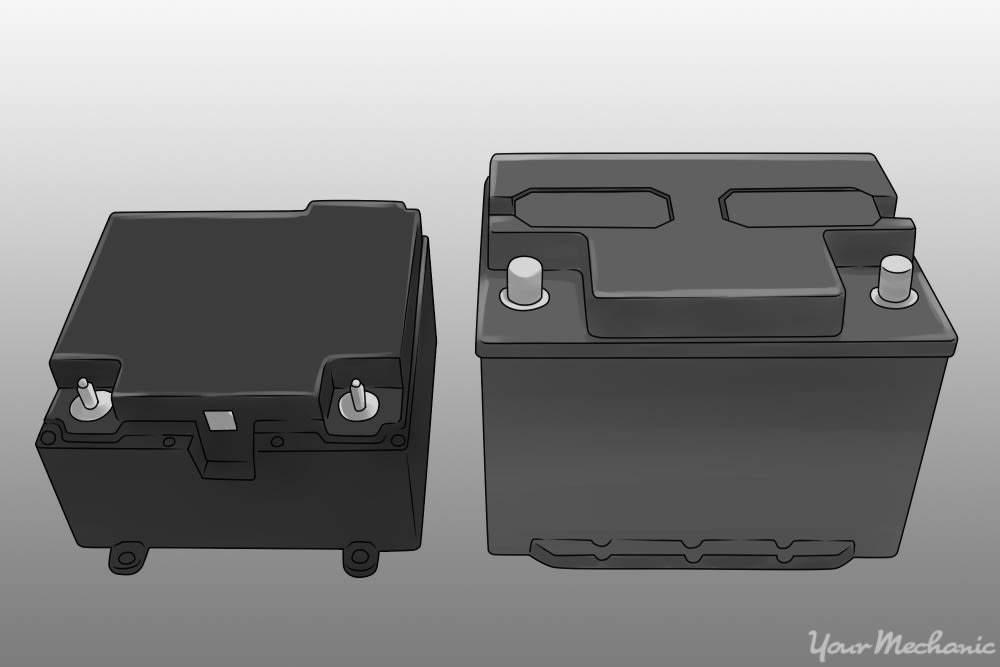

Electric vehicles (EVs) are growing in popularity for their environmental friendliness and increasing affordability. Though their full-charge driving range is steadily trying to catch-up to gasoline-powered cars, the cost of owning one has become more inexpensive as demand grows and state and national governments incentivize prospective owners with tax breaks. While being applauded for their sustainability, there remains concern about long-term environmental impact due to the resources needed in EV development — particularly the batteries. Luckily, these batteries, like traditional car batteries, are recyclable.
The majority of current EV batteries, made of lithium-ion, only last seven to ten years — even shorter for larger vehicles. If a battery necessitates replacement outside of its vehicle’s warranty, it can be one of the steepest maintenance costs an EV owner has to pay. Lithium-ion batteries are made from rare earth metals. The cost of producing and transporting them can be high.
The original electric cars on the road featured lead-acid batteries. 96 percent of the materials in the battery could be recycled after use. The more-recent models feature the lightweight and extended-range lithium-ion batteries. Lithium-ion batteries too degraded for driving still have 70 to 80 percent of their charge. Before they even get turned in for recycling, these EV batteries are often used as supplemental energy sources to maintain an even flow of electrical power. They help out solar and wind-energy plants as well as other places in the United State’s electric grid. In other countries, old EV batteries are used to power streetlights, back up elevators, and operate as home energy storage units.
How are Lithium-Ion Batteries Recycled?
Lithium-ion batteries that make it to a recycling plant instead of or after use as a supplemental electric source undergo the following one of the two recycling processes for repurposing:
Shredding. If the battery completely lacks a charge, it is shredded so copper, steel, and other metal components can be sorted out. These metal components are further processed, melted, and purified for future use in other products.
Freezing. Batteries with leftover charge are frozen in liquid nitrogen before being smashed into very small pieces. The liquid nitrogen makes the demolition safe — no reactive components of the battery respond to the impact. Remaining metal parts are then separated for reuse.
Where are EV Batteries Recycled?
It takes time to produce electric car batteries for use in EVs. The cost of production contributes significantly to the cost of the car itself — though this is decreasing with improvements in developmental technology and consumer demand. Most companies provide a warranty for battery replacement, and your old lithium-ion battery does get reused when taken to the right recycling center.
Recycling centers equipped to handle electric vehicle batteries are on the rise as more batteries in aging EVs wear out. In the US, 3 notable companies working to effectively recycle lithium-ion batteries include:
Redwood Materials: Evaluates materials for sustainability and applies advanced recycling technology.
Retriev Technologies: Over 20 years of experience in recycling over 25 million pounds of lithium batteries.
OnTo Technology: Manufactures high-quality electrode materials to better serve the battery and environmental industries and reduce the cost of battery recycling.
Electric vehicle owners can rest assured that their car’s signature batteries are recyclable and often repurposed for more energy-saving uses. They contribute to energy supplies at home, in commercial settings, and to the general power grid. Plus, their parts and components can later be broken down and reused in future metal products.



